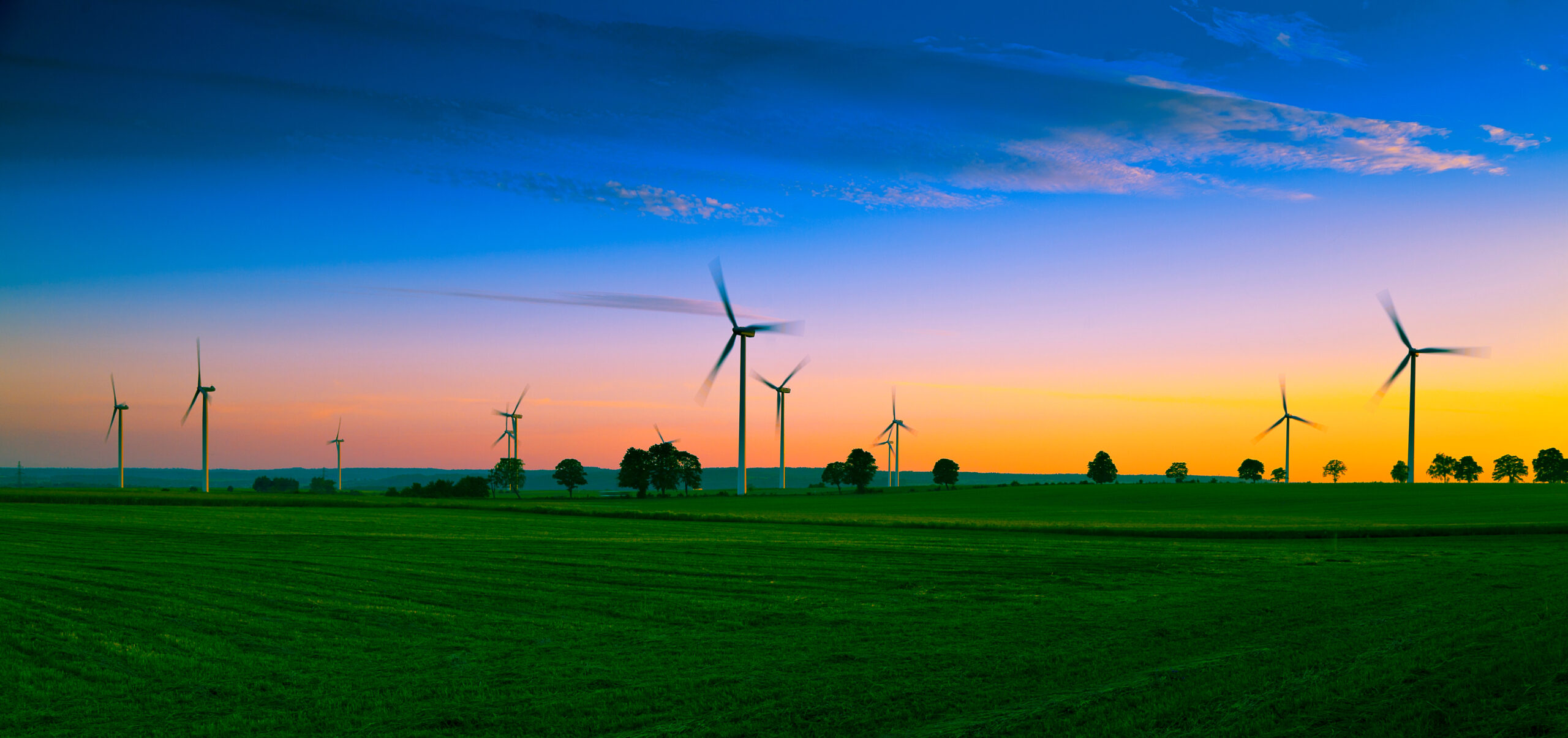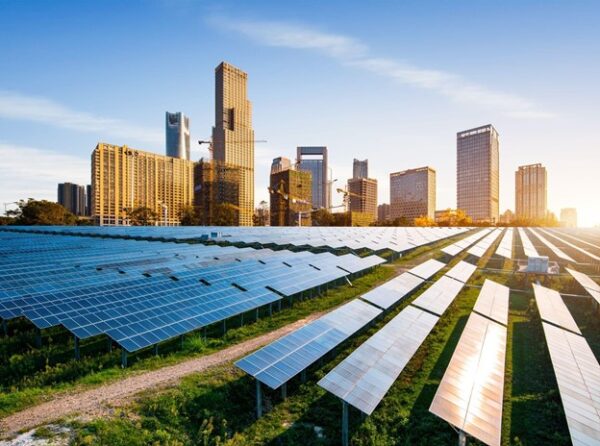Sustainability is more than just a buzzword. It is our pathway to a long and healthy life on this planet for us, our children, their children, and beyond. Without sustainability, we could exhaust all our natural resources and create an even greater climate crisis than we’re in today.
Fortunately, new sustainability trends are pushing us in the right direction toward protecting our planet for generations to come. Below, we outline some of the latest sustainability trends, the key areas of sustainability, and sustainable development in the face of an exploding population.
What are the latest sustainability trends?
While many sustainability trends are working today, some are newer than others. Let’s look at some of the latest top sustainability trends and how they’re helping.
Working From Home
Remote work is nothing new, as it’s been a growing part of the workforce for some time now. However, the coronavirus pandemic took work from home from an uncommon perk to a necessity, as offices worldwide shut down to stop the disease’s spread.
Initially, some workers panicked at the thought of working remotely, wondering how they will ever get any work done from their living room. As time passed, people adjusted, and some fell in love with working remotely. This allowed them to work in whatever uniform they desired, limit the miles on their vehicles, and avoid rush-hour traffic.
A secondary part of this was the impact it can have on the environment. With fewer people on the road, this means fewer greenhouse gas emissions (GHG emissions) and less consumption of fossil fuels from daily commuters. Remote work has become one of the most recent trends in sustainability, as many workers now see this as a convenience factor and a way to do their part in slowing manmade climate change.
Making Finance Sustainable
Finance is not the first place many look to when considering sustainability, but it is a new sustainability trend gaining popularity. The basis of sustainable finance is working with financial services that integrate environmental, social, and governance (ESG) criteria into their models. Whether they use it when making business decisions, investments, purchasing decisions, business model development, or other business-related dealings, ESG always plays a pivotal role in the final decision.
Today, many investors are looking at companies that always incorporate ESG criteria into their business, making finance a part of environmental sustainability.
Companies Going Net Zero
The strive to become net zero continues to be a big piece of the sustainability puzzle. Companies are finding ways to reduce their carbon footprints by switching to renewable energy, such as solar panels and wind turbines. They are also making smaller changes, such as changing their fleets to electric vehicles or hybrids, installing LED lighting, changing their waste disposal methods, and more.
In some cases, companies will purchase carbon offsets to have a sustainable business model that’s carbon neutral. These carbon offsets are investments into environmentally friendly projects that will help neutralize a company’s remaining carbon footprint.
Seawilding in the Ocean
Ocean sustainability is also critical, especially for island nations. One new trend in these island nations is seawilding. This is similar to land-based rewilding — conservation acts that aim to restore and protect natural processes and wilderness areas — but modified for the ocean.
One such sustainability trend is seabed rewilding, which aims to preserve and restore seagrass in the oceans. Seagrass not only absorbs carbon 35 times faster than trees, but it can also reduce storm surges, helping protect these islands and improve year-round tourism.
What Are the 5 Areas of Sustainability?
Sustainability can take many shapes and sizes, but there are five main areas of sustainability: environmental, socio-cultural, technological, economic, and public policy. Let’s explore these five areas and what they mean.
Environmental
Environmental sustainability is conserving natural resources and protecting ecosystems to help support its health and well-being now and in the future. A key to environmental sustainability is it’s a slow-moving process, so changes made today may not be felt for many years, meaning you must look ahead at the longer-term effects of this area of sustainability to realize its full benefit.
Some examples of environmental sustainability include:
- Passing regulations forcing companies to disclose carbon emissions and climate risks on financial reports
- Offering tax benefits for companies that get a percentage of their electricity from renewable energy or clean energy sources
- Planting trees on a corporate campus to absorb carbon from the atmosphere and offset deforestation
Socio-Cultural
Sustainability isn’t all about the environment and ecosystem. It is also about society and culture as a whole. This is where socio-cultural sustainability comes in.
Socio-cultural sustainability is a measure of peoples’ opportunities to fulfill their potential. This can vary greatly by region and the various stages of our lives, but the basics remain the same: Are you presented with the opportunities you need to reach your potential and maximize wellness?
Some examples of social-cultural sustainability may include:
- Grants for college tuition for lower-income families
- Food stamp programs to ensure those in poverty are receiving proper nutrition
- Protecting certain lands for natives of that area
Technological
Technological sustainability is innovation that considers natural resources and supports economic and social development. This technology’s main goal is to dramatically reduce environmental impact and ecological risks while creating a sustainable product.
There are three main definitions for sustainable technology:
- Substitution: The technology replaces a non-sustainable technology or process with a sustainable one, such as switching from nonrenewable energy to renewable.
- Prevention: The technology prevents deterioration, contamination, or other unfavorable impacts to the environment through its production or use.
- Efficiency: The technology enables reduced energy use or uses natural resources more efficiently.
Economic
Economic sustainability is the ability to support long-term economic growth without negatively impacting a community’s social, environmental, and cultural aspects. For example, you can make a donation to a local charity that helps support a specific community or commit to only shopping locally to help build the local economy.
Public Policy
Sustainable public policy is when lawmakers develop policies at the international, federal, state, or local level that help to advance environmental, economic and social or cultural sustainability. For example, enacting laws requiring companies to lower their carbon emissions each year until they reach a certain level.
What Is the Future of Sustainable Development?
Sustainable development is a must moving forward, as it’s estimated Earth will be home to upward of 9.7 billion people by 2050. This would result in a 54% increase in food demand and 56% increase in energy demand worldwide. Without sustainable development, our carbon emissions would skyrocket, leaving our planet and our health worse than it is today.
According to The Nature Conservancy, if we maintain the status quo and don’t make any changes, we could see global temps soar by another 3.2 degree Celsius, another 4.9 billion people adversely affected by polluted air, dramatic overfishing, increased water stress, and more natural habitat loss. Fortunately, change is possible.
Let’s look at some key sustainable development goals moving forward.
Addressing Energy Use
The first step in the future of sustainable development is addressing energy use, as this will rise dramatically with the world’s population. While curtailing energy use is unrealistic, we can shift the way we obtain energy away from fossil fuels and toward sustainable methods, such as solar, wind, water, and even nuclear power. The target would be to reduce the share of electricity we consume from fossil fuels to just 13% — a huge dip from the 76% we are at now — according to The Nature Conservancy.
Addressing Land Use
As the population grows, we have to house and feed people, which requires land. Compounding this issue is the undeniable fact that renewable energy tends to take up far more real estate than fossil-fuel-based energy. So, we have to find ways to make room for renewable energy, more people, and more crops all while not displacing nature. This starts by prioritizing land that’s already been converted for renewables and maximizing the efficiency of every acre.
Farmers also need room for food production, so future sustainability trends will focus on maximizing the effectiveness of their acreage. For example, we need to ensure crops are grown efficiently and match crops’ natural needs, such as lots of water, with appropriate geographic locations. We can also shift toward more non-meat products, reducing the amount of land dedicated to livestock and increasing the amount of land available for more versatile crops.
Addressing Overfishing
Our food not only comes from the land. It also comes from the sea and other bodies of water. If we continue on our current path, 84% of fisheries would be overfished, putting stress on the food supply from the sea, according to The Nature Conservancy. Continuing this overfishing trend would lead to an 11% decrease in annual fish supply chain yields by 2050 compared to 2010.
However, with improved fishery management, through technological advancements and policy changes, we can end all overfishing and increase the fishery yield by 26% in 2050 compared to 2010.
You Have a Part in Supporting Sustainability Trends Too
While sustainable development may seem too big for one person to make a difference, that’s not the case. You can do your part by reducing your carbon footprint in many ways. Sure, you may not be able to rewrite national policy, but you can seek a position that allows you to work from home, add solar panels to your home, reduce water waste in your home, and more. If each person does just a little to improve, the combined effort can lead to significant improvements.
You can also reduce your carbon footprint and help support sustainability trends by purchasing carbon offsets from Terrapass. We offer a range of carbon offset packages to match every lifestyle. Choose the one that suits you and help offset some of the carbon you create daily.
Brought to you by terrapass.com
Featured image:












